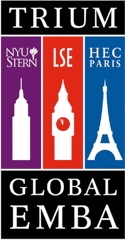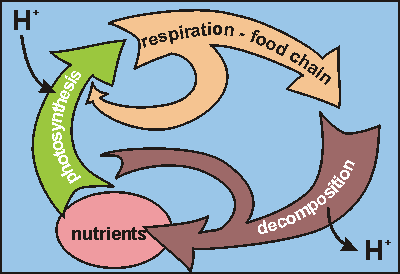customer experience management: best practices
 Wednesday, September 23, 2009 at 9:35AM
Wednesday, September 23, 2009 at 9:35AM My colleague and fellow CEM guru at G-CEM (Shanghai), Shaun Smith, has this helpful article at CustomerThink (a portal you should be visiting at least once a week, my friends).
In the article he covers 10 best practices for CEM, and without stating it, has actually encouraged us to think of CEM as a change management initiative. That is true, and usually overlooked when a company pursues CEM because they're thinking of experience management an extension of either database marketing/segmentation, or retail design. CEM is a bear: to do it right and defensibly, it must be a cross-silo initiative, allowing isolated processes to be redesigned, which requires technological integration, new KPI measurement, new reporting ... and yet something would still be missing if even all this change took place.
To see what's missing when you focus too soon on aligning internal resources, take a look at the sheer power of your front-line.
One of my tenets in business is that a solution should handle the back-end complexity of delivering value, while also being able to handle the front-end variability that the customer and branded experience require. Back-end complexity + front-end variability: Those are the beasts to wrestle, and in many ways, those are the places where real value is created (particularly if the back-end solutions can also create visible value.) Shaun, in an interview here, say:
Most organisations exercise a very tight control over what employees should do but a very loose control over why they should do it. In other words they have strict procedures and regulations that employees must abide by even when these do not make sense for the customer. I believe that organisations should reverse this and very be tight in communicating to employees who the target customers are, what they value, what the brand promise is and the kind of experience that they wish customers to have but then to be somewhatt [sic] looser about how to deliver this so that employees can use their judgement.
The challenge here has to do with empowering front-line workers with the knowledge, authority and tools they need. And it will be an uphill battle.
First: There are hard costs associated with providing these. There are softer costs associated with not providing these. Show me an organization with the econometrics skills to make this business case rationally and I will sing their virtues to the ends of the Earth. And, yes, you could skip the econometrics and just say, "Well, we don't know how much we're saving by handling our customers better, but it's part of our culture so we'll do it." Right. And when recession hits, the CFO will have other ideas, and there goes your culture.
Second: It's not just about better service. That's necessary, but it's not sufficient. Ritz-Carlton famously sets the standard by organizing their front line employees around the credo (and believe me, they believe it): We are ladies and gentlemen serving ladies and gentlemen. This is their brand. And so their excellent service becomes Ritz-Carlton's excellent service, instead of being attributed by the customer to the extra efforts of a single employee. In fact, as a part of creating excellent and branded service, very specific, on-brand tools and processes must be created to make sure that the sincere efforts of front line employees become embedded in the customer's overall memory of their experience of the brand. And ... that's hard work.
Third: Make your front-line trustworthy. Front line people come and go. This means that managers tend to trust their front-line employees less. So, you either train the heck out of them to get them to a trustworthy level - or you don't trust them to wield the authority they require to actually deal with customers' problems. And those problems vary. You can't just have a single way of handling some finite set of company-identified problems. Pay attention to and measure that variability, and make sure the front-line can handle it.
Training has a hard cost, and can be a pain. Training always feels like overhead to the unenlightened manager. And such training can become routine and inauthentic, making it less effective. After all, you usually don't pay the front line staff very much, so you have to create authenticity in their relationship to your company. (Until recently, LuLu Lemon was my favorite company for building front-line. Nowadays, I have to put Apple on top.)
But the consequence of lack of training on the knowledge, tools and processes is that you're putting the brand in the hands of people who come and go.
Yes, it is often customer interactions with front line employee that actually create or destroy brand equity. So, managers: get out of the back office and watch the mayhem. Marketers: forget the idea that you control the brand.
And if you want proof that managers and marketers need to do this, then start with Shaun's TENTH best practice: Measure your customer's experience. Then go one step further: Compare the experience you provide with the customer experience of your competitors. There will be a gap, and it most likely can best be closed by appreciating who controls the brand: the customer.
So today, commit to making sure you're not guilty of supporting a business process that fails to deal with complexity at the back-end in support of handling variability at the front end. Otherwise, that woman, man, family - and all their friends - will know that they have a problem that you cannot or will not handle.











